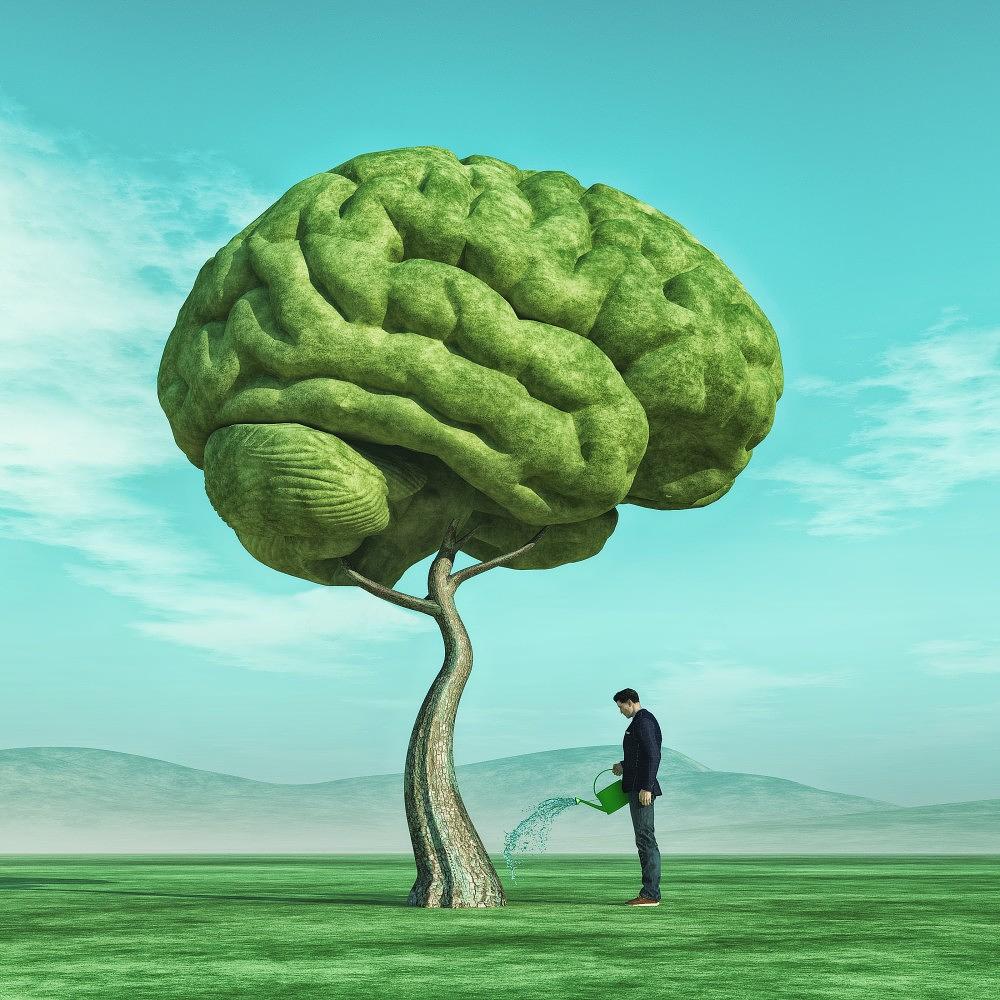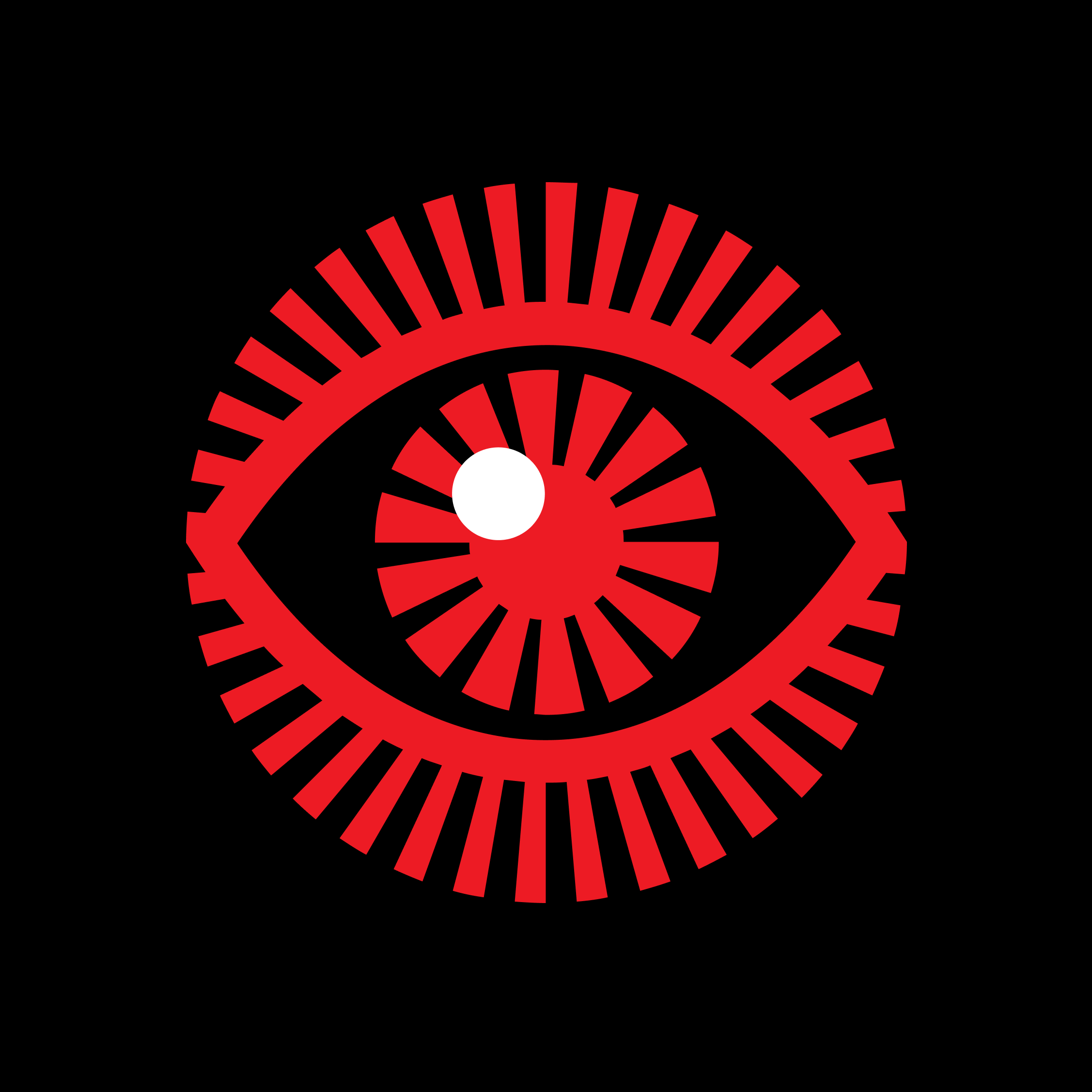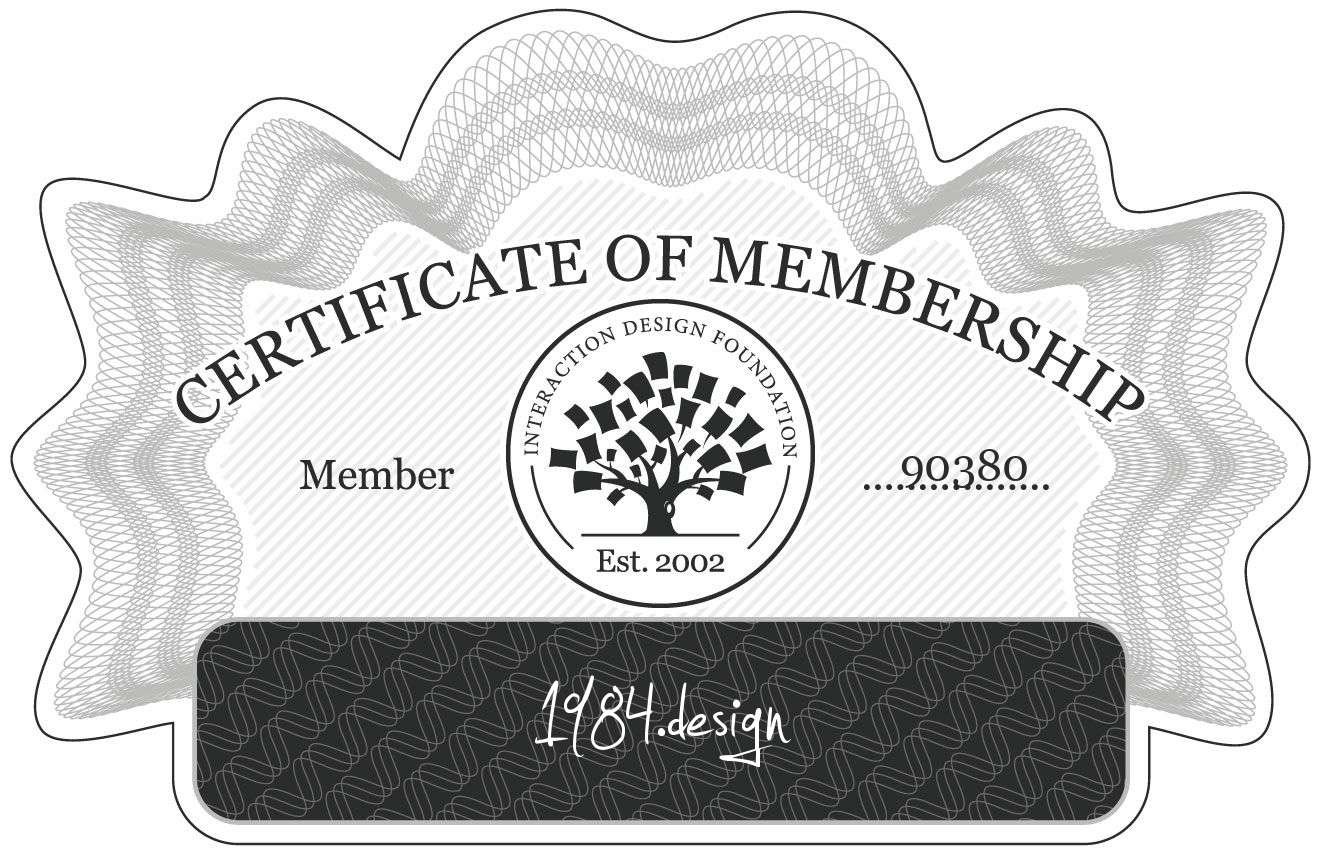✨ New article: Psychology of UX Writing.
Principles
Learn the guidelines that frame our design decisions and support consistency.
Frameworks
Discover design-thinking methods through a user-centric approach to problem solving.
Psychology
Explore the logic powering cognitive biases and build more human-centered products.
Typography
Understand how to create good user interface typography, from basic things to building layouts.
Better thinking & wiser decision-making.

🌱 Seeds
Cultivate your curiosity
with quality content.
🌳 Trees
Grow your knowledge
by taking smart notes.
🍏 Fruits
Produce new ideas
by connecting the dots.
We are an educational partner of the Interaction Design Foundation.
This Certificate of Membership verifies that 1984.design is a member of Interaction Design Foundation.

